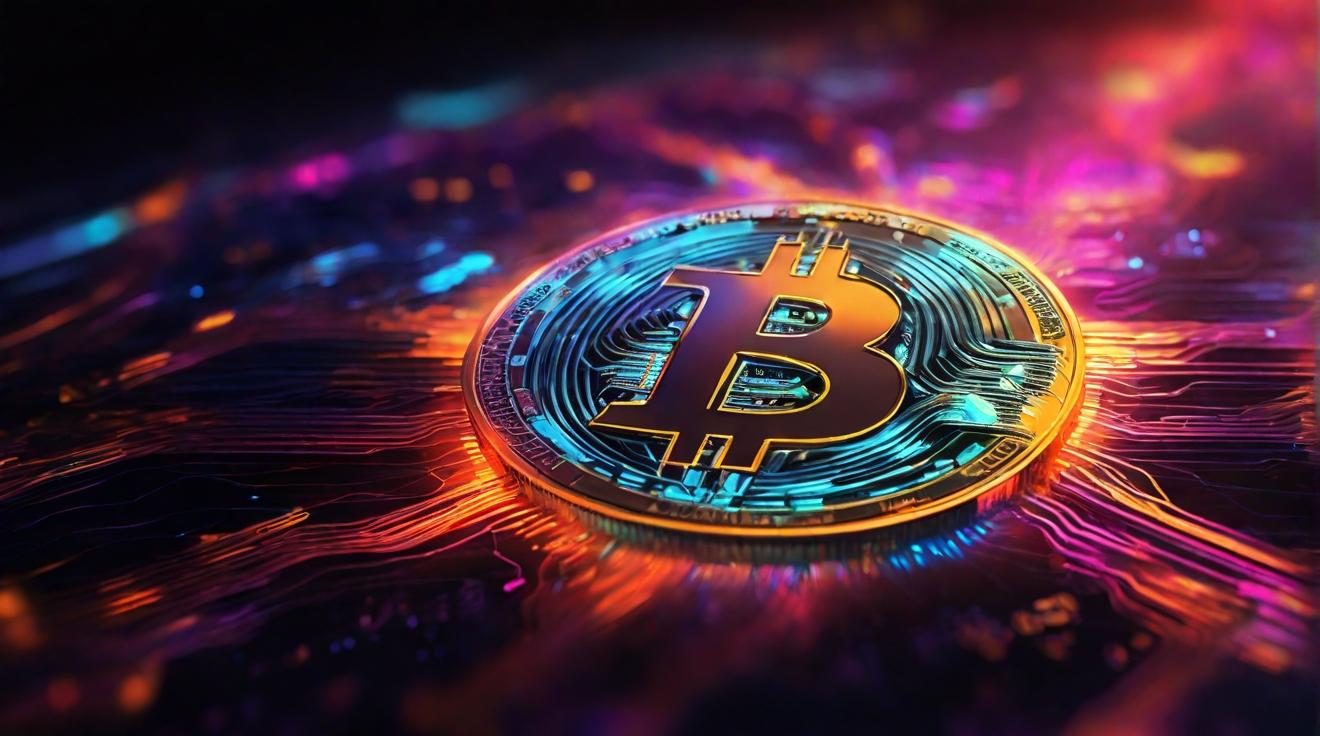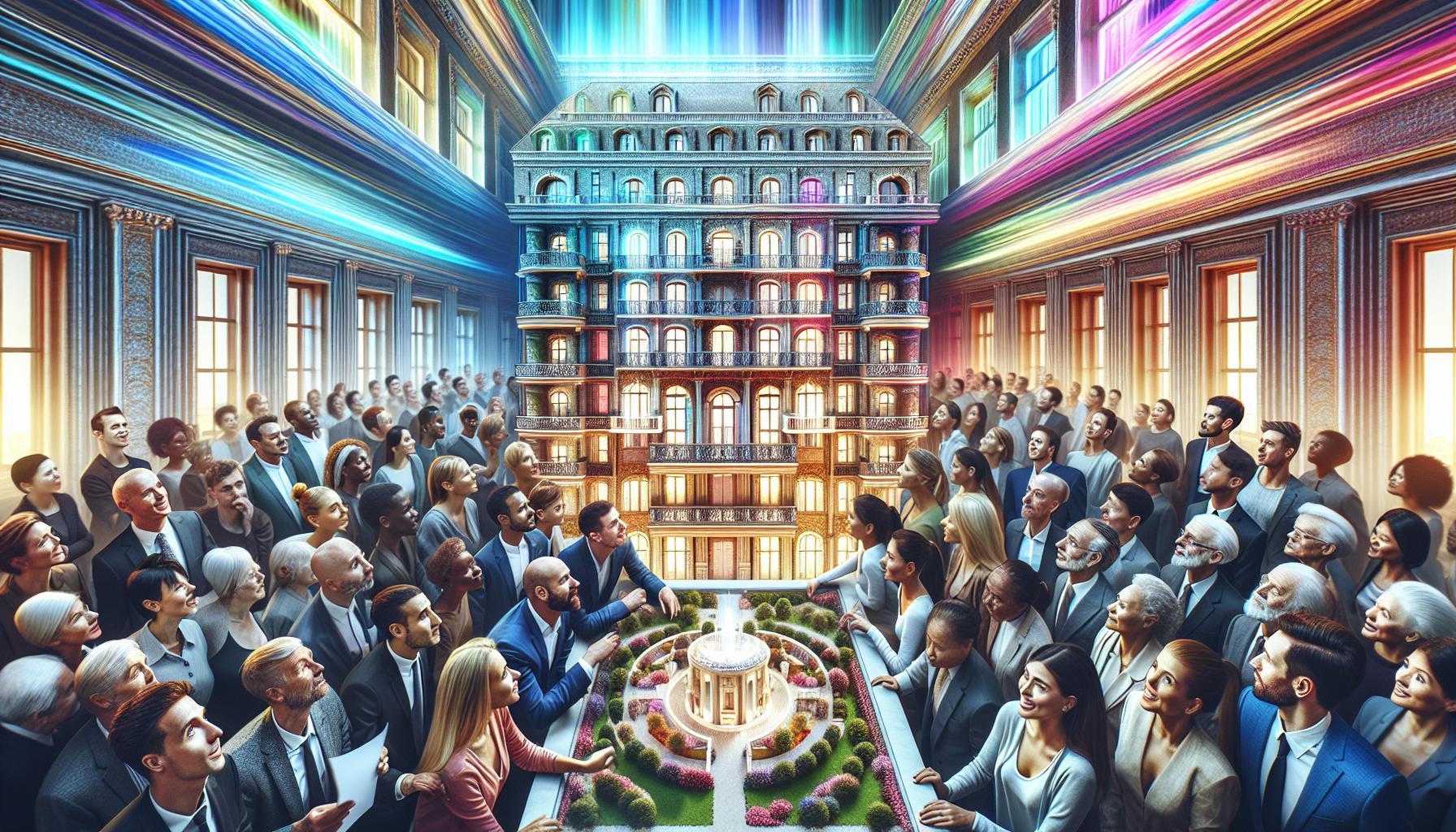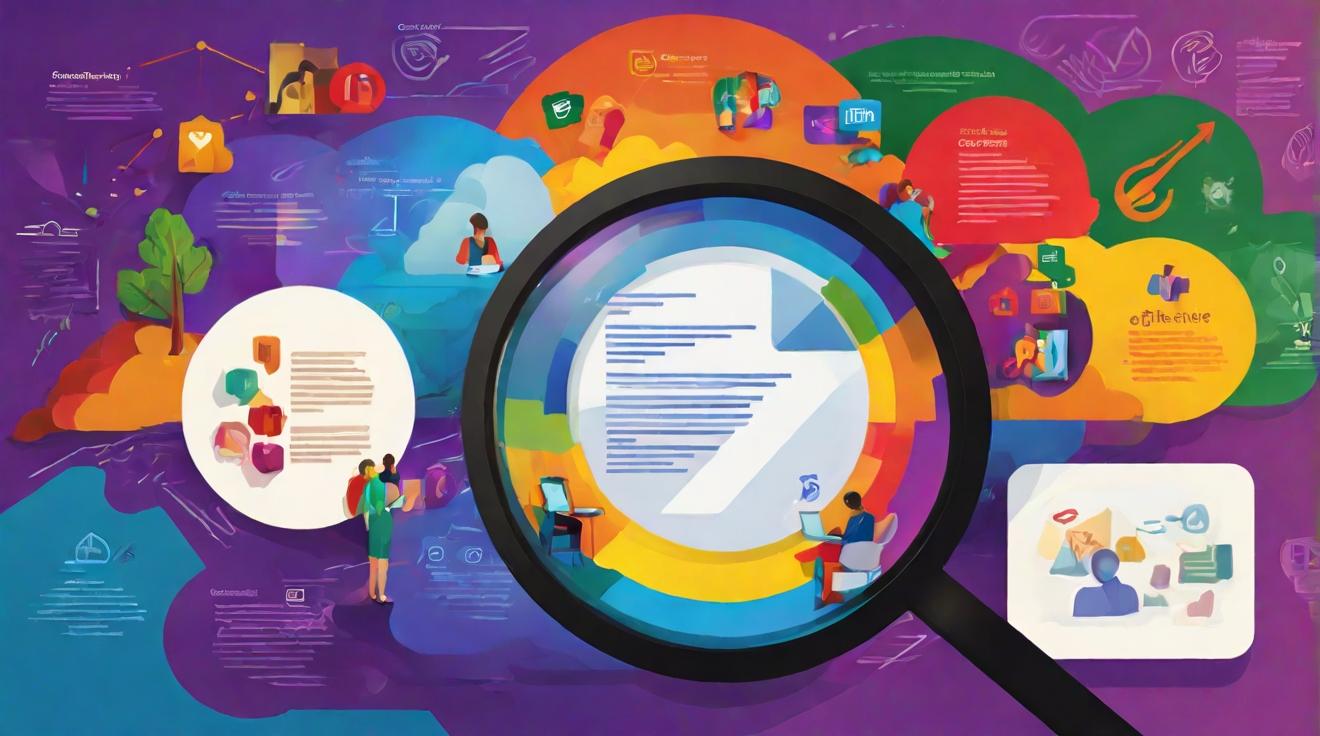Bitcoin Ordinals Introduces BRC-420: A New Protocol Revolutionizing NFTs on the Bitcoin Blockchain
Non-fungible tokens (NFTs) have become increasingly popular in recent years, particularly on the Ethereum blockchain. However, many are unaware that Bitcoin, one of the oldest and most secure blockchains, has also been home to a thriving NFT ecosystem since 2018, thanks to Bitcoin Ordinals.
Bitcoin Ordinals is a groundbreaking protocol that enables the creation and transfer of NFTs on the Bitcoin blockchain using a standard called BRC-20. Unlike Ethereum’s ERC-20, BRC-20 tokens are not smart contracts but simple data structures embedded in Bitcoin transactions. This translates into a more lightweight, secure, and interoperable token, benefiting from the properties of the Bitcoin network. Moreover, BRC-20 tokens effortlessly integrate with existing Bitcoin wallets and services, requiring no additional software or infrastructure.
However, BRC-20 lacks a crucial component for NFTs: metadata. Metadata provides vital information about an NFT, such as its name, description, creator, and provenance. Without metadata, BRC-20 tokens are essentially indistinguishable from one another and heavily rely on external sources for context and meaning. This hinders their expressiveness, discoverability, and overall value compared to their Ethereum counterparts.
Enter BRC-420, a brand-new protocol that expands upon BRC-20 by introducing metadata capabilities, facilitating the creation of diverse and enriched NFTs on the Bitcoin blockchain. Announced at the inaugural Ordinals Summit in Singapore in September 2023, BRC-420 draws inspiration from Ethereum’s popular ERC-721 while incorporating novel features and improvements. Comprised of two components, Metaverse Standards and Inscription Royalties, BRC-420 tackles the challenges surrounding metadata and aims to revolutionize the NFT market and Web3.
Metaverse Standards encompass a set of open-source formats and specifications governing how metadata is stored and accessed. This standard supports various types of content, ensuring compatibility and interoperability across different platforms and applications. It also leverages decentralized storage solutions, ensuring persistent and censorship-resistant metadata. Consequently, BRC-420 tokens remain independent of any centralized server or authority and stand firmly on the Bitcoin blockchain.
Inscription Royalties offer creators a mechanism to earn a percentage of secondary sales for their BRC-420 tokens, embedding this feature within the metadata. Supported by marketplaces and platforms embracing BRC-420, Inscription Royalties are optional and customizable, empowering creators to decide whether to enable them and the appropriate percentage to charge. This introduces sustainability and encourages original content creation, allowing creators to share in the value they generate.
Experts foresee BRC-420 as a game-changer for the NFT market and Web3, merging the security, scalability, and simplicity of Bitcoin with the expressiveness, diversity, and creativity of NFTs. This new protocol also opens doors for creators, collectors, developers, and entrepreneurs, who can build and innovate atop BRC-420. Additionally, BRC-420 lowers the barriers to entry, reduces costs, and simplifies the NFT experience, ultimately fueling higher adoption rates.
BRC-420 is part of the Web3 movement, aiming to create a more decentralized, open, and fair internet where users have greater control and ownership of their data and content. In alignment with Web3’s values, BRC-420 empowers users to create, share, and monetize their NFTs without intermediaries. Moreover, it seamlessly integrates with other Web3 technologies and protocols, fostering a dynamic ecosystem of decentralized applications and services.
Although BRC-420 is still in its early developmental stages, it faces various challenges and uncertainties. Overcoming technical and regulatory obstacles specific to Bitcoin is crucial. Additionally, raising awareness and support from the Bitcoin and NFT communities, as well as the wider public and mainstream media, is vital. BRC-420 must demonstrate its unique value proposition and differentiation from other NFT standards and platforms and illustrate its wide-ranging applications and benefits across industries.
However, BRC-420 boasts several advantages and opportunities, leveraging Bitcoin’s strength and reputation while benefiting from the innovation and collaboration fostered by the Ordinals Protocol. The potential to attract new users and creators seeking a more accessible, affordable, and authentic NFT experience is significant.
In conclusion, BRC-420 presents a promising and thrilling protocol that aspires to revolutionize the NFT market and Web3 by bringing them to the Bitcoin blockchain. It offers increased freedom, choice, and value to users, creators, and developers alike, and should not be dismissed as a mere hype or bubble. BRC-420 is a remarkable reality and trend that will shape the future of the web. As development and achievement continue in the coming months and years, we should anticipate further significant strides.
Analyst comment
Positive news: Bitcoin Ordinals Introduces BRC-420, a protocol revolutionizing NFTs on the Bitcoin blockchain. It expands on BRC-20 by adding metadata capabilities, improving expressiveness, discoverability, and overall value of NFTs. Experts see it as a game-changer, merging the security of Bitcoin with the creativity of NFTs. It lowers barriers to entry, reduces costs, and fuels higher adoption rates. Challenges include technical and regulatory obstacles, as well as raising awareness and support from communities and media. Overall, BRC-420 presents a promising and exciting protocol that will shape the future of the web.













